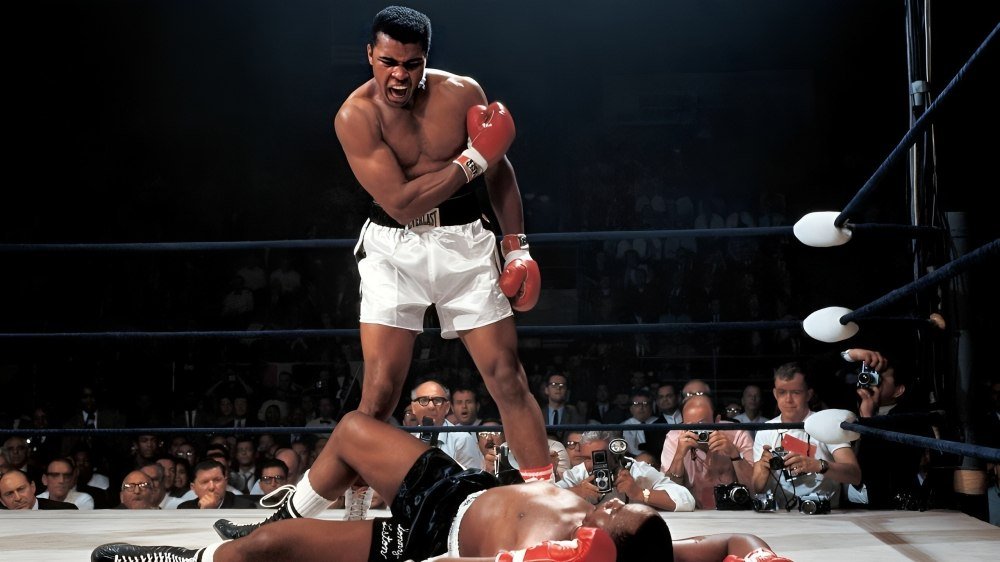
Boxing is a sport that has captivated millions around the globe, known for its excitement, skill, and drama. While many fans are familiar with the fighters and their skills, one crucial aspect often overlooked is the significance of weight classes. Understanding boxing weight classes is essential for fans, boxers, and promoters alike. In this article, we will explore the various weight classes in boxing, their importance, and how they impact the sport.
Understanding Boxing Weight Classes

Boxing weight classes categorize fighters based on their weight to ensure fair competition. The concept of weight classes dates back to the early days of boxing and has evolved over time to create a more balanced playing field. Here are the current boxing weight classes:
1. Heavyweight (over 200 lbs / 90.72 kg)
The heavyweight division is the most recognized and includes some of the sport’s biggest stars. Fighters in this class can deliver powerful punches, making for exciting bouts.
2. Cruiserweight (200 lbs / 90.72 kg)
Just below heavyweight, cruiserweights are known for their speed and agility. This division has gained popularity in recent years and features fighters who can mix power with technique.
3. Light Heavyweight (175 lbs / 79.38 kg)
This division allows for skillful boxers who can maintain speed while delivering significant power. Light heavyweights often engage in thrilling matchups that showcase their abilities.
4. Super Middleweight (168 lbs / 76.2 kg)
Super middleweights are known for their versatility and balance of speed and strength. This class often features competitive fighters with a mix of styles.
5. Middleweight (160 lbs / 72.57 kg)
Middleweights have a rich history in boxing, with many legendary champions hailing from this division. Their fights are often fast-paced and technical.
6. Super Welterweight (154 lbs / 69.85 kg)
This division is home to boxers who excel in both power and skill. The matches are typically action-packed and showcase a variety of fighting styles.
7. Welterweight (147 lbs / 66.68 kg)
Welterweights are known for their speed and quick footwork. This division often features some of the most exciting fights, with boxers who can engage in both brawling and technical exchanges.
8. Super Lightweight (140 lbs / 63.5 kg)
Super lightweights are known for their high-paced action and technical skill. This class often serves as a stepping stone for fighters aiming for higher divisions.
9. Lightweight (135 lbs / 61.23 kg)
Lightweight fighters possess speed and precision, making their bouts thrilling to watch. This division has produced many legendary champions and memorable fights.
10. Super Featherweight (130 lbs / 59 kg)
Super featherweights showcase agility and technique. Fighters in this class often have a high output of punches, leading to exciting contests.
11. Featherweight (126 lbs / 57.15 kg)
Featherweights are known for their speed and stamina. This division often features fighters who can deliver rapid combinations and maintain high energy throughout the match.
12. Super Bantamweight (122 lbs / 55.34 kg)
Super bantamweights are characterized by their quick footwork and elusive movement. This class often highlights technical skill and strategic boxing.
13. Bantamweight (118 lbs / 53.52 kg)
Bantamweights are fast and agile, with many fighters showcasing exceptional hand speed and reflexes. This division is known for its high-level competition.
14. Super Flyweight (115 lbs / 52.16 kg)
Super flyweights are known for their speed and agility, leading to fast-paced bouts that keep fans on the edge of their seats.
15. Flyweight (112 lbs / 50.8 kg)
Flyweights often deliver intense bouts filled with skill and speed. Fighters in this division are known for their technical abilities and quick combinations.
16. Minimum Weight (105 lbs / 47.63 kg)
The minimum weight class allows smaller fighters to compete fairly. This division is often overlooked but features talented boxers with exceptional skills.
These classes allow fighters to compete against opponents of similar size and weight, promoting fairness and safety in the ring.
Also Read: Top 5 Athletes with Most Gold Medals in Summer Paralympic
The Importance of Weight Classes
Weight classes play a vital role in boxing for several reasons:
1. Fair Competition

The primary purpose of weight classes is to ensure that fighters compete against others of similar size. This creates a level playing field, allowing skills, strategy, and conditioning to determine the outcome instead of size and weight disparities. For example, a heavyweight fighting a featherweight would be unfair, as the heavyweight’s size and strength could easily overpower the smaller opponent.
2. Safety of Fighters

Boxing is a physically demanding sport, and mismatches in weight can lead to severe injuries. Weight classes help reduce the risk of harm by preventing smaller fighters from facing significantly larger opponents who may have a physical advantage. This is crucial, as safety should always be a top priority in a sport where the goal is to outmaneuver and outlast an opponent.
3. Promotional Opportunities

Weight classes create more opportunities for boxers to compete and gain recognition. By organizing fights within specific weight categories, promoters can develop various championship titles, attracting fans and sponsors. This structured approach allows boxers to build their careers and potentially become champions in their respective classes. Fans enjoy following fighters as they move through different classes, adding excitement to the sport.
Also Read: Who Won the Most Medals at the Paris Olympics 2024
4. Fan Engagement

Fans often gravitate toward specific weight classes and the fighters within them. Each weight class has its unique rivalries and storylines, enhancing the excitement of the sport. Fans can support their favorite fighters as they navigate their careers, creating a sense of community and engagement. Whether it’s the lightweights’ speed or the heavyweights’ power, every weight class offers something special to fans.
5. Strategic Planning for Boxers

For fighters, understanding weight classes is crucial for training and preparation. Boxers often need to make weight before a fight, requiring careful planning regarding diet, exercise, and hydration. Successful weight management can significantly impact a fighter’s performance in the ring. Fighters must strike a balance between losing weight to fit into their class and maintaining enough strength and energy for the fight.
List of Boxing Weight Classes
| Weight Class | Maximum Weight (lbs) | Maximum Weight (kg) |
|---|---|---|
| Heavyweight | 200+ | 90.72+ |
| Cruiserweight | 200 | 90.72 |
| Light Heavyweight | 175 | 79.38 |
| Super Middleweight | 168 | 76.2 |
| Middleweight | 160 | 72.57 |
| Super Welterweight | 154 | 69.85 |
| Welterweight | 147 | 66.68 |
| Super Lightweight | 140 | 63.5 |
| Lightweight | 135 | 61.23 |
| Super Featherweight | 130 | 59 |
| Featherweight | 126 | 57.15 |
| Super Bantamweight | 122 | 55.34 |
| Bantamweight | 118 | 53.52 |
| Super Flyweight | 115 | 52.16 |
| Flyweight | 112 | 50.8 |
| Light Flyweight | 108 | 49 |
| Minimum Weight | 105 | 47.63 |












